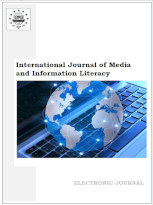Example
Media Literacy Competence
Ben Oldman a , *
a Green University, Brazil
* Corresponding author
E-mail addresses: oldmа (B.N. Oldman)
Abstract. 200 words
Keywords: 10 words (for example: media education, media literacy, media culture, media studies, film studies).
1. Introduction
Media competency is the result, as anticipated, of the convergence of the audio-visual concepts, communication media competency, digital competency, informational competency, and audiovisual competency, among others all (Buckingham, 2007: 43-45). The term Media and Information Literacy was…
2. Materials and methods
The main sources for writing this article became the materials of the journal publications and archives. The study used the basic methods of cognition: the problem-chronological, historical and situational, systemic and the comparative method. Author's arguments are based on problem-chronological approach. The use of historical and situational method allows to reproduce assessment approach to the problem of the media literacy education. Comparative method defines the difference in views on actual international media literacy situation. A systematic method does achieve a variety of disciplines accessible and comparable, as present is determined by the past and the future - by the present and the past.
3. Discussion
The Digital Competence Framework for Citizens, known also as DigComp (Kluzer, Rissola, 2015: 2-4), was published in 2013 by the European Commission as ...
4. Results
5. Conclusion
References
Buckingham, 2007 – Buckingham, D. (2007). Digital Media Literacies: rethinking media education in the age of the Internet. Research in Comparative and International Education, 2 (1): 43-55.
Celot, Pérez Tornero, 2009 – Celot, P., Pérez Tornero, J.M. (2009). Study on Assessment Criteria for Media Literacy Levels. Brussels: EC.
Kluzer, Rissola, 2015 – Kluzer, S, Rissola, G. (2015). Guidelines on adoption of DIGCOMP. Brussel: European Commission.
Livingstone, 2008 – Livingstone, S. (2008). Taking risky opportunities in youthful content creation: teenagers' use of social networking sites for intimacy, privacy and self-expression. New Media and Society, 10 (3): 393-411.
Lok et al., 2009 – Lok, S., Lot, P., Tor, M. (2009). Social networking. Media Education, 3: 93-112.
Text should be typed with an interval of one line spacing, font Georgia, 11 pt. Please see any articles’ format in the journal web.
In References: Name, Year (Blue color – see example) – (not -) Name, Initials (Italic). (Year). Article title. Journal Title (Italic), Vol (n): page.






